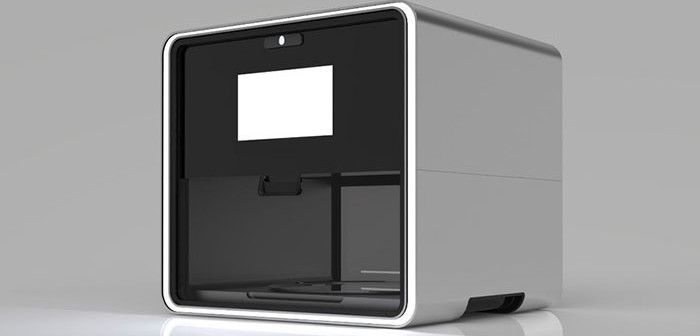For those of us lucky enough to have Italian grandmas who made their own fresh pasta, the idea of eating food cranked out of a machine is not foreign. It’s delicious. How about food formed by your printer?
Food 3D Printing 101
If you’re familiar with 3D printing, the process behind making printer-produced food is not that different from what you already know. While object-based 3D printing relies on plastic filaments, powders, or other materials, food-based 3D printing relies on paste.
Now, this paste can be anything from pasta dough to liquid chocolate to icing, but the main factor is that it has to be squeezable. The paste is squeezed out from a tube (or a series of tubes) layer by layer, until it achieves the shapes it has been instructed to create.

The result can be cooked, boiled, fried, or eaten just as any other food.
Why You Should be Interested In 3D Printing Food
A recent post on BusinessWeek.com reported that this isn’t merely being left to chef schools and their ilk. Companies that make their living by selling food are interested in this; so too are the highest of high-tech organizations. Hershey’s Chocolate is reportedly interested in an application for the cocoa and candy business.
NASA itself has commissioned a 3D printer to create a pizza.
Will Food 3D Printing Be Coming Into Your Kitchen?
Currently there are no commercially-available 3D food printers, this will change very soon; at least two brands are scheduled to launch by the end of 2014.

These home-grade 3D food printers are roughly the size of microwaves and the home models are likely to cost around $1,200. Interestingly enough, when microwaves were first introduced, they too were large, expensive, and rare. Today microwaves are a kitchen staple; will 3D food printers follow their pattern?
It certainly is possible. Who doesn’t love the idea of turning out their own signature candies or chocolates, creating custom-shaped pastas, or having their name spelled out in pretzels? And when it comes to repetitive recipe tasks, like turning out dozens of cookies for a bake sale or a family reunion, who wouldn’t appreciate some automated assistance?
Given that the only requirement for the food is that it be based on a semi-liquid dough, the possibilities are virtually endless for high-tech cooks.




